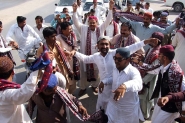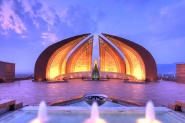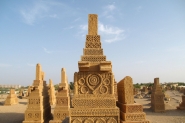- Photo Credit: S.M Bukhari
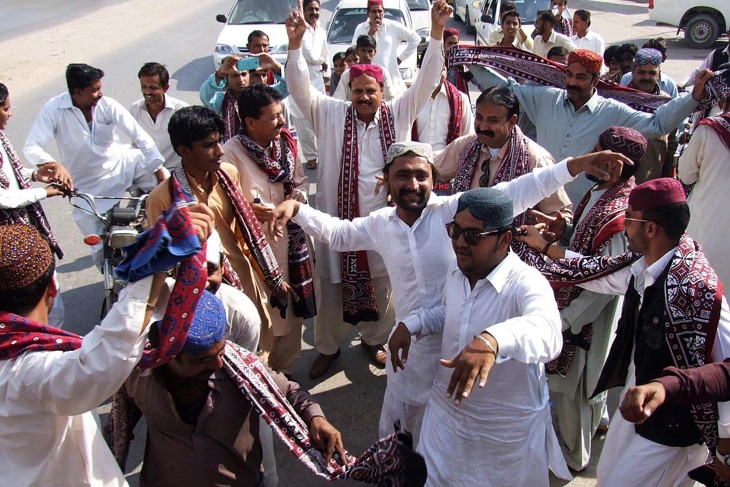 Photo Credit: www.dawn.com
Photo Credit: www.dawn.com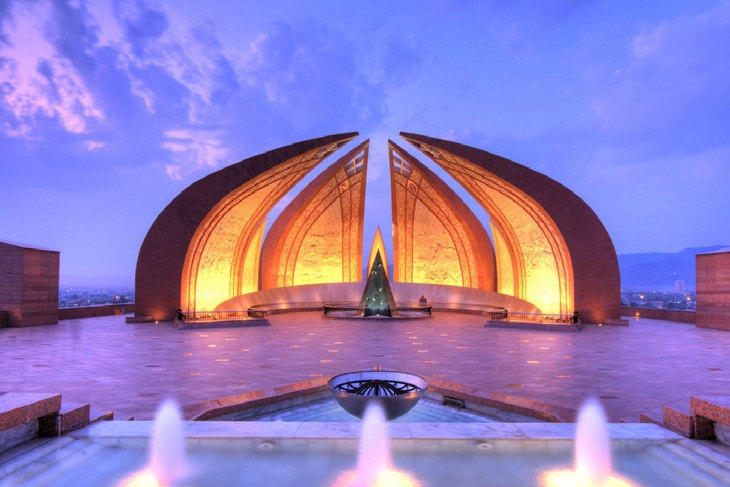 Photo Credit: mosthdwallpapers.com
Photo Credit: mosthdwallpapers.com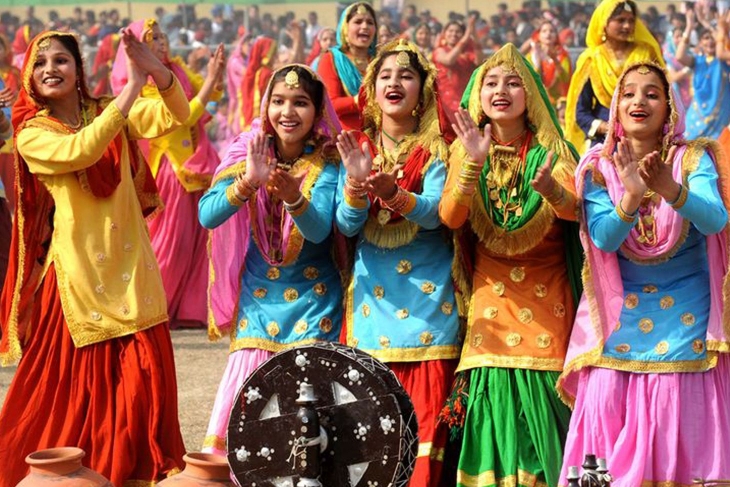 Photo Credit: pinterest.com
Photo Credit: pinterest.com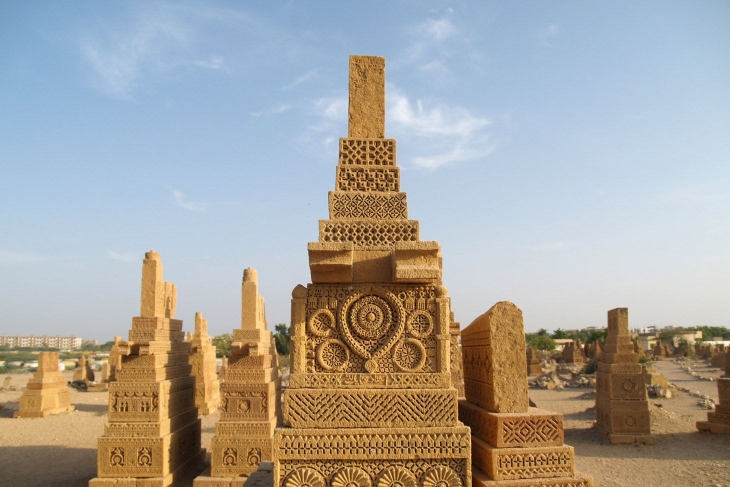 Photo Credit: tnc123
Photo Credit: tnc123
Pakistan is a federal parliamentary republic in South Asia. It borders the Arabian Sea, between India on the east and Iran and Afghanistan on the west and China in the north.
In the early ages, Pakistan was home to several ancient cultures including the Neolithic Mehrgarh and the Bronze Age Indus Valley Civilisation. It was later home to kingdoms that had rulers of different faiths and cultures such as Hindus, Indo-Greeks, Muslims, Turco-Mongols, Afghans and Sikhs.
The country also has a unique point of access to Europe and Asia, which has made it a significant country throughout the course of history.
It became a free nation in 1947 and has Islamabad as its capital. Islamabad is located in the northeastern part of the country and it is divided into eight zones: the administrative, diplomatic enclave, residential areas, educational sectors, industrial sectors, commercial areas, and rural and green areas.
The city is home to landmarks such as the Faisal Mosque, Pakistan National Monument and Democracy Square. Faisal Mosque is the fourth largest mosque in the world and the largest in South Asia.
Some of Pakistan’s tourist attractions include the 17th century domed Badshahi Mosque, Mazar-e-Quaid Tomb, Mohenjo-daro dating back to 2600 BC, Mohatta Palace, Hiran Minar, Lahore Museum and the Karachi Zoo among many others.
The country is the sixth most populous country in the world with a population of about 200 million people. It has a multi-cultural, multi-ethnic and predominantly a Muslim society. The majority of Pakistani people belong to seven main ethno-linguistic groups: Punjabis, Sindhis, Seraikis, Pashtuns, Mohajirs, Balochs, and Kashmiris.
The main contributor to Pakistan’s GDP is the Agricultural sector. Agriculture accounts for more than one-fourth of output and two-fifths of employment. Crops such as wheat, sugarcane, cotton, and rice account for more than 75% of the value of total crop output.
The country aims to implement economic reforms, promote development of the energy sector and attract foreign investment to support sufficient economic growth necessary to employ its growing and rapidly urbanising population.





















